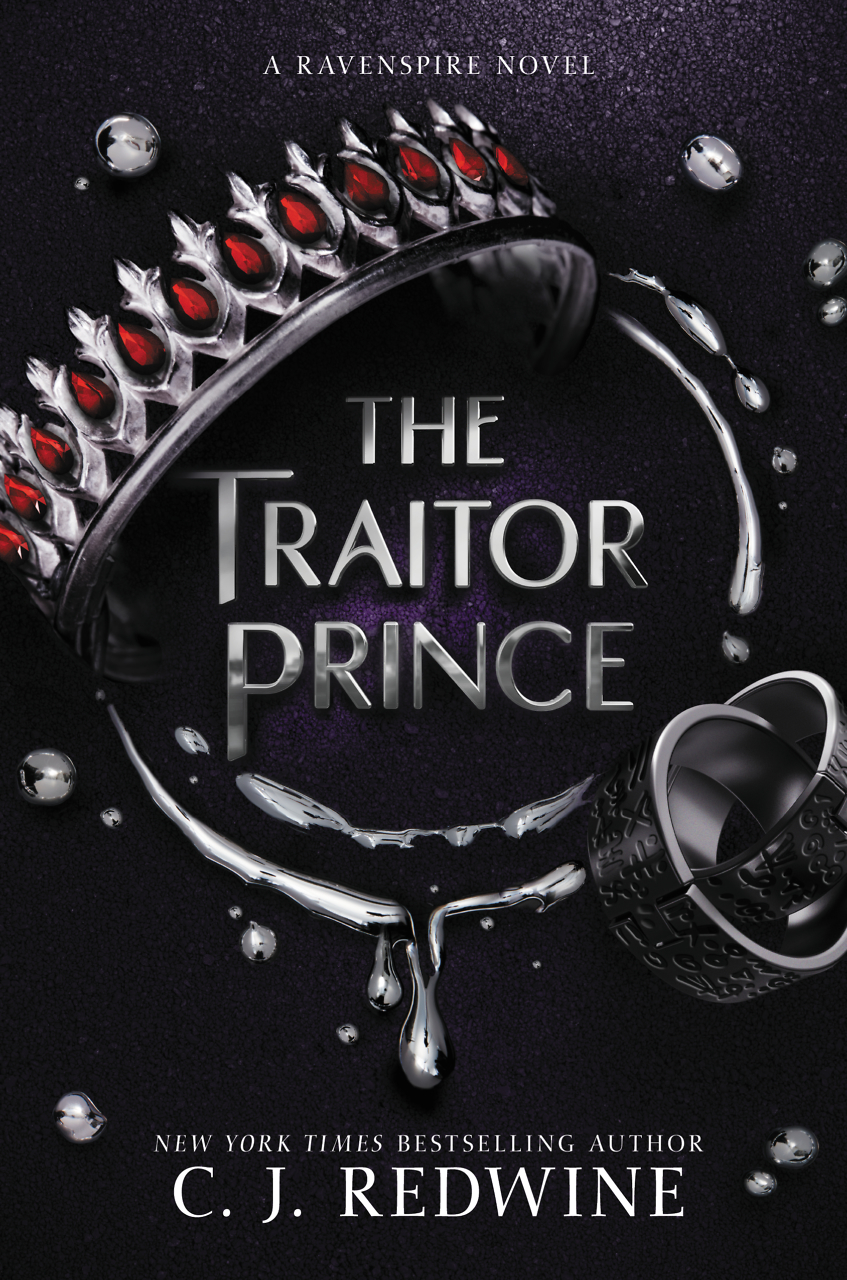Below the Surface
Jennifer Egan’s Manhattan Beach imagines a shadow world—on land and beneath the waves
Jennifer Egan has a knack for the cutting-edge. A Visit from the Goon Squad, which won the 2011 Pulitzer Prize for fiction, was both high-pitched and high-powered, a tale of glamorous characters (rock stars, models, millionaires, and their feckless friends and offspring) in which damaged adults and precocious children take turns shoving each other out of the narrative spotlight. That novel’s penultimate chapter is rendered as a PowerPoint, and Egan’s 2012 story “Black Box” is composed entirely of tweets. But her new novel, Manhattan Beach, is something of a throwback—a straightforward, traditionally plotted historical novel buttressed by exhaustive and painstaking research, and its prose, pitch, and pace are carefully calibrated to match its historical milieu.

The action unfolds in New York during the Great Depression and the Second World War. In the frigid last days of 1934, a man named Ed Kerrigan brings his twelve-year-old daughter, Anna, along on a mysterious, slightly sinister business call at a fancy house on Brooklyn’s Manhattan Beach. Their host, a rich man named Dexter Styles, sizes them up: “Sure enough, the toughness he’d sensed coiled in Ed Kerrigan had flowered into magnificence in the dark-eyed daughter,” Dexter thinks, deciding to hire Ed—though for what the reader isn’t sure.
Anna, at the water’s edge with Dexter’s daughter, is entranced by the wintry sea, which elicits “an electric mix of attraction and dread.” But more intriguing than the ocean itself is what she imagines might lie beneath it: “What would be exposed if all that water were suddenly to vanish? A landscape of lost objects: sunken ships, hidden treasure, gold and gems and the charm bracelet that had fallen from her wrist into a storm drain. Dead bodies, her father always added, with a laugh.” And so, with admirable economy, Egan sketches her novel’s main themes.
Manhattan Beach showcases parallel worlds—some that exist in the open, above the surface, and some that flourish only below. For grown-up Anna, there’s the bustle of the Navy Yard, where she works as an inspector during the war, but there’s also a secret, silent world beneath the water, where divers in suits that weigh two hundred pounds move as if weightless. From the moment she notices the divers, Anna is determined to join them. No woman has ever been allowed to dive, but Anna is a natural. Her first time inside the oppressively heavy diving dress, she stands, walks, unties a knot by feel. Her inaugural dive leaves her ecstatic. Shuffling along the icy bottom of Wallabout Bay, unable to see, barely able to hear, feels “like flying, like magic—like being inside a dream.”
 There’s a shadow world on land, as well, a secret society that subtends every legitimate business establishment and endeavor, with its own dark rules and consequences. (When you think of the Brooklyn waterfront, what’s the first thing that comes to mind?) Dexter Styles and Ed Kerrigan are both members of the dockside shadow fraternity, in which criminal elements seamlessly weave themselves into the fabric of everyday life. But by the time Anna goes to work at the Navy Yard, Ed has mysteriously vanished. His unexplained disappearance, her sister’s death, and Anna’s own coming-of-age all revolve around Dexter Styles, whose mystery only deepens as the novel progresses.
There’s a shadow world on land, as well, a secret society that subtends every legitimate business establishment and endeavor, with its own dark rules and consequences. (When you think of the Brooklyn waterfront, what’s the first thing that comes to mind?) Dexter Styles and Ed Kerrigan are both members of the dockside shadow fraternity, in which criminal elements seamlessly weave themselves into the fabric of everyday life. But by the time Anna goes to work at the Navy Yard, Ed has mysteriously vanished. His unexplained disappearance, her sister’s death, and Anna’s own coming-of-age all revolve around Dexter Styles, whose mystery only deepens as the novel progresses.
Readers accustomed to the trendy zing of Egan’s other books may be frustrated by the stately narrative pace of Manhattan Beach. The plot moves slowly and deliberately, eddying instead of rushing, aiming for depth instead of speed. But Egan knows what she’s doing, and it’s a pleasure to watch her story kindle slowly into brilliance. Aboard an American ship traveling in a convoy across the Indian Ocean during the war, Ed Kerrigan is transported by the sight of “an ocean studded by nearly eighty ships arrayed with the ritual splendor of chess pieces into a vast design.” When the ships respond to a flag signal ordering them to scatter, their separation strikes him as glorious: “Ships began moving away from one another in a slow, dreamlike version of birds startling,” Ed thinks. “So languorous was their progress that at first it seemed they would never fully leave one another’s sight.”
Manhattan Beach moves languorously, too, as Egan bends a deceptively simple narrative into mythic complexity, and the novel’s cinematic ending is both surprising and inevitable, as well as thoroughly earned.

Fernanda Moore has been a contributing writer to Chapter 16 since 2009. From 2013 to 2016, she was the fiction critic for Commentary; her work has also appeared in The New York Times Magazine, Marie Claire, New York, and Southern Living, among others.


